
Written By: Gloria Tsang, RD
Title: Founding Registered Dietitian
Alumni: University of British Columbia
Last Updated on:

Take a walk down the snack aisle at your local grocery store (or online grocery shopping sites), you’ll see a wide selection of snack bars. Many of them have eye-catching labels shouting “all-natural” or “plant-based”, often with attractive pictures of fruits and nuts on the packaging. On the other hand, protein bars are now widely available; however, they are often formulated as a meal-replacement. Sometimes, we just need an in-between meal, grab’n go snack, not a meal. Hence, we set out to review a selection of snack bars that are out on the market, and we share our findings below.
To make the list, a snack bar provides:
We also ruled out any snack bars that had sugar as the first ingredient, and picked those without artificial sweeteners.
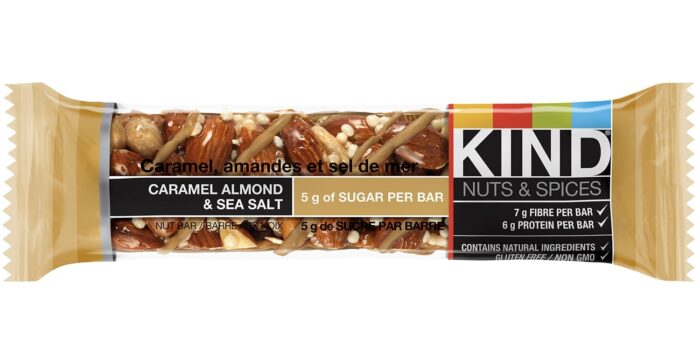
Take this Caramel Almond & Sea Salt bar as an example. Almonds being the first ingredient, this nut bar provides 6 g of protein and 7 g of dietary fiber, at 170 calories.
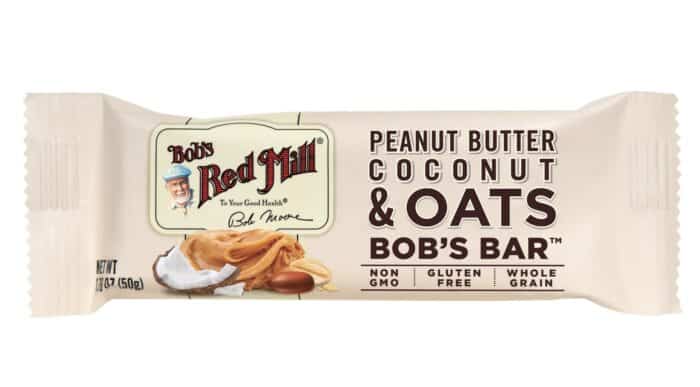
A brand specializing in oatmeal, it’s exciting to learn that Bob’s Red Mill also has a line of granola bars. This particular peanut-butter coconut granola bar has peanuts as the first ingredient, followed by whole grain oats. Each bar provides 190 calories with 6 g of protein and 3 g of fiber.
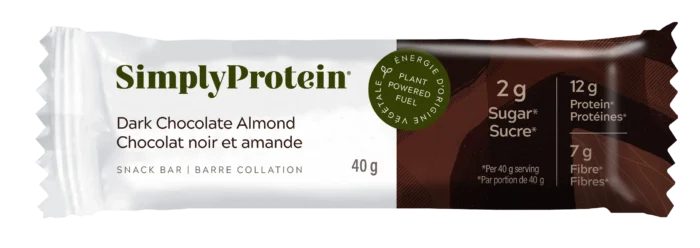
Also formulated as a protein bar, this snack bar provides 12 g of protein and 7 g of fiber. It has also been added with chicory root inulin fiber.
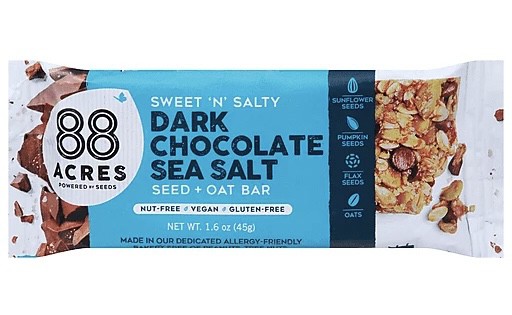
The protein source of this seed & oat bar came straightly from a combination of seeds, including pumpkin seeds, sunflower seeds and flax seeds, not from any protein isolate. Each bar provides 200 calories, 6 g of protein and 3 g of fiber.
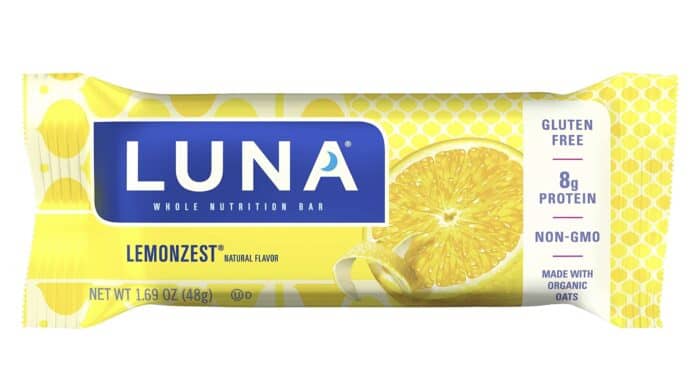
Choosing relatively higher protein flour as the base (such as oat flour and soy flour), this Luna bar provides 190 calories, 8 g of protein and 3 g of fiber. We did find more sweeteners in this lemon zest-flavored bar, hence it may not be appropriate with people with diabetes.
Snack bars are not health foods. Do not let snack bars replace the fresh fruits and vegetables, or whole nuts and seeds in your daily diet. Did you come across any snack bars that fit this nutritional profile? Please comment below and let us know.
Alumni: University of British Columbia – Gloria Tsang is the author of 6 books and the founder of HealthCastle.com, the largest online nutrition network run by registered dietitians. Her work has appeared in major national publications, and she is a regularly featured nutrition expert for media outlets across the country. The Huffington Post named her one of its Top 20 Nutrition Experts on Twitter. Gloria’s articles have appeared on various media such as Reuters, NBC & ABC affiliates, The Chicago Sun-Times, Reader’s Digest Canada, iVillage and USA Today.
, , healthy snacks, snacks
I rarely take snack bar as I find they have sugar like 7-10gm. It’s also hard to find whole grain bread or pasta, etc. These days I don’t even use sugar in seasoning.